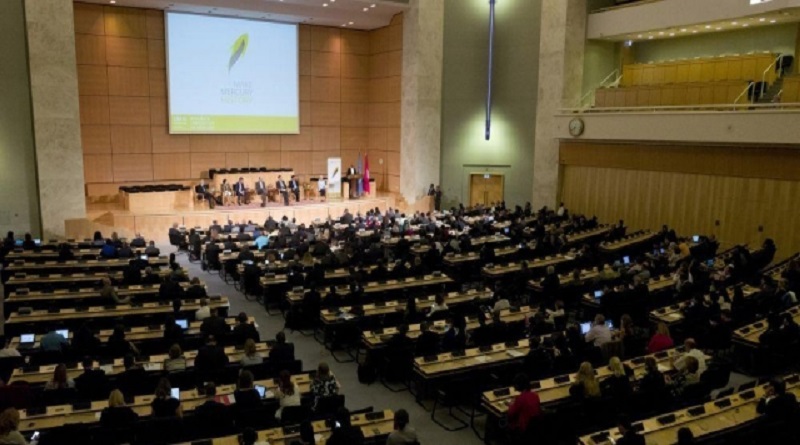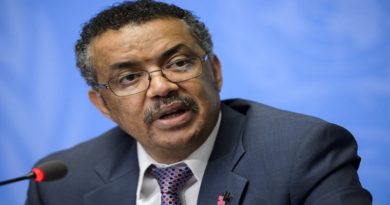COP2 of Minamata Convention on mercury to hold in November
The Second meeting of the Conference of the Parties (COP2) to the Minamata Convention on Mercury, an international legally binding treaty that aims to protect human health and the physical environment from emissions and releases of mercury and mercury compounds will hold in November, 2018.
The Conference, according to information obtained from the Convention web site at the weekend, will take place from 19 to 23 November 2018 at the International Conference Centre in Geneva, Switzerland.
The Conference will be preceded on Sunday 18 November by preparatory meetings, including regional and other meetings.
It would be recalled that the First meeting of Conference of Parties (COP1) to the Convention that entered into force on August 16, 2017 was held in September 2017 in Geneva, Switzerland.
Major highlights of the Minamata Convention include a ban on new mercury mines, the phase-out of existing ones, the phase out and phase down of mercury use in a number of products and processes, control measures on emissions to air and on releases to land and water, and the regulation of the informal sector of artisanal and small-scale gold mining.
The Convention also addresses interim storage of mercury and its disposal once it becomes waste, sites contaminated by mercury as well as health issues.
The convention addresses mercury-added products, including dental amalgam, which is made of approximately 50% of elemental mercury by weight.
Globally, efforts are on to address the use of dental amalgam in dentistry sector which is one of the avenue of mercury emission. Some experts have outlined nine measures to phase down the use of dental amalgam which include: Setting national objectives aiming at dental caries prevention and health promotion, thereby minimizing the need for dental restoration; Setting national objectives aiming at minimizing its use and promoting the use of cost–effective and clinically effective mercury-free alternatives for dental restoration.
Others are promoting research and development of quality mercury-free materials for dental restoration; encouraging representative professional organizations and dental schools to educate and train dental professionals and students on the use of mercury-free dental restoration alternatives and on promoting best management practices; discouraging insurance policies and programmes that favour dental amalgam use over mercury-free dental restoration; encouraging insurance policies and programmes that favour the use of quality alternatives to dental amalgam for dental restoration; restricting the use of dental amalgam to its encapsulated form and promoting the use of best environmental practices in dental facilities to reduce releases of mercury and mercury compounds to water and land.
A report from the United Nations Environment Programme revealed that mercury in dental use accounted globally for 270–341 metric tons in 2010, of which 70–100 tonnes (i.e. 20–30%) likely enters the solid waste stream.
So far, 94 countries out of the 128 countries that signed the Convention have ratified it.




